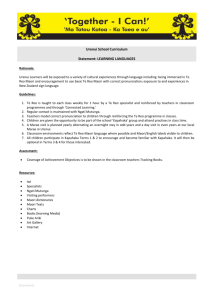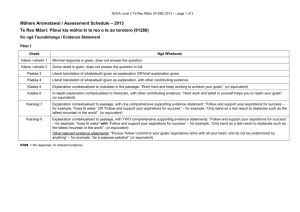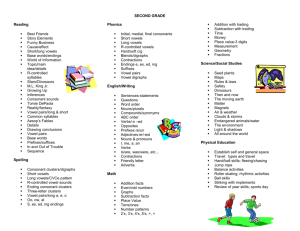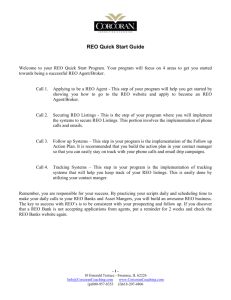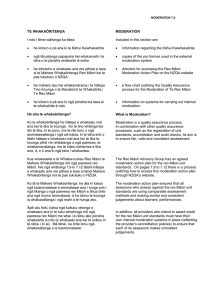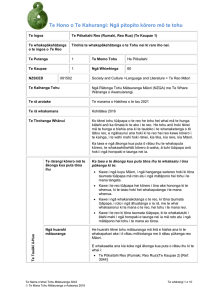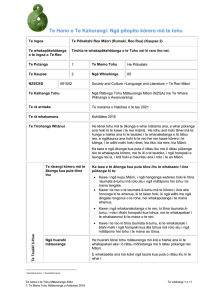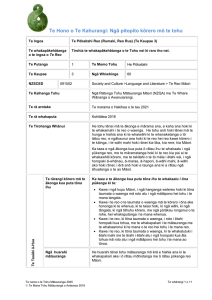Te Reo Singalong Books workshop
advertisement
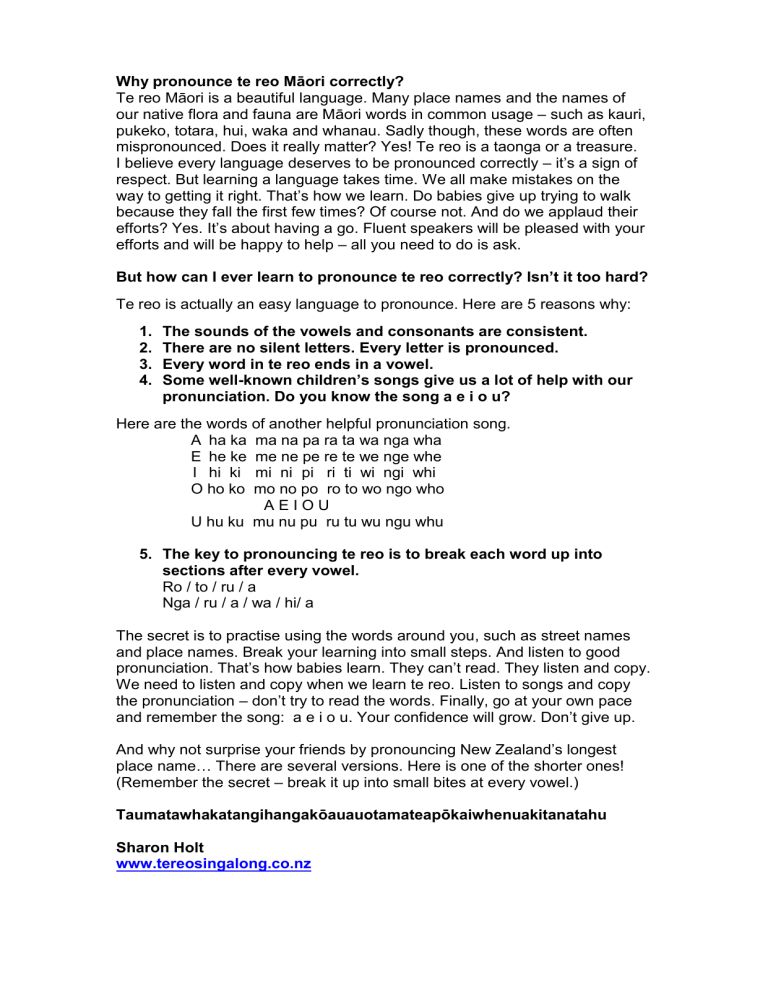
Why pronounce te reo Māori correctly? Te reo Māori is a beautiful language. Many place names and the names of our native flora and fauna are Māori words in common usage – such as kauri, pukeko, totara, hui, waka and whanau. Sadly though, these words are often mispronounced. Does it really matter? Yes! Te reo is a taonga or a treasure. I believe every language deserves to be pronounced correctly – it’s a sign of respect. But learning a language takes time. We all make mistakes on the way to getting it right. That’s how we learn. Do babies give up trying to walk because they fall the first few times? Of course not. And do we applaud their efforts? Yes. It’s about having a go. Fluent speakers will be pleased with your efforts and will be happy to help – all you need to do is ask. But how can I ever learn to pronounce te reo correctly? Isn’t it too hard? Te reo is actually an easy language to pronounce. Here are 5 reasons why: 1. 2. 3. 4. The sounds of the vowels and consonants are consistent. There are no silent letters. Every letter is pronounced. Every word in te reo ends in a vowel. Some well-known children’s songs give us a lot of help with our pronunciation. Do you know the song a e i o u? Here are the words of another helpful pronunciation song. A ha ka ma na pa ra ta wa nga wha E he ke me ne pe re te we nge whe I hi ki mi ni pi ri ti wi ngi whi O ho ko mo no po ro to wo ngo who AEIOU U hu ku mu nu pu ru tu wu ngu whu 5. The key to pronouncing te reo is to break each word up into sections after every vowel. Ro / to / ru / a Nga / ru / a / wa / hi/ a The secret is to practise using the words around you, such as street names and place names. Break your learning into small steps. And listen to good pronunciation. That’s how babies learn. They can’t read. They listen and copy. We need to listen and copy when we learn te reo. Listen to songs and copy the pronunciation – don’t try to read the words. Finally, go at your own pace and remember the song: a e i o u. Your confidence will grow. Don’t give up. And why not surprise your friends by pronouncing New Zealand’s longest place name… There are several versions. Here is one of the shorter ones! (Remember the secret – break it up into small bites at every vowel.) Taumatawhakatangihangakōauauotamateapōkaiwhenuakitanatahu Sharon Holt www.tereosingalong.co.nz Extra notes from te reo pronunciation workshop… With double vowels, start by pronouncing each vowel separately. Practice these to get used to the sounds so you recognise them within words. aa ea ia oa ua ae ee ie oe ue ai ei ii oi ui ao eo io oo uo au eu iu ou uu Remember the song a, e, i, o u… when pronouncing blended vowels in te reo. Double vowels such as aa, ee, ii, oo and uu are pronounced in the same way as the single vowel with a macron above it. Use common te reo words to remember how to pronounce double vowels. Some examples are: waewae wai Aotearoa Tau Kei = sounds like why why = sounds like why = sounds a bit like our-tear-roar = sounds like the English word toe = sounds like the girl’s name Kay If in doubt, always pronounce each vowel sound separately and then practice speeding up the sounds to blend them together. And just remember the song… a e i o u Easy sentence structures: Kei te ____________________________ ahau. (Means: I am ……….) This sentence can be used to describe actions and feelings. Extend to… Kei te _________________________ koe? (Means: Are you …….?) Kei te _________________________ ia. (Means: He/she is …….) Kei te _________________________ te hoiho. (Means: The horse is …….) The sentences above are about the present tense. To say something will happen in the future, change “kei te” to “ka”. Ka haere ahau. (Means: I will be going.) To say something happened in the past, change “kei te” to “I”. I haere ia. (Means: He/she went.) I mauiui te kaiako. (Means: The teacher was sick.) Another easy sentence structure is… He aha tenei? (Means: What is this?) He aha tēnā? (Means: What is that?) Answer with… He ________________________ tenei. (Means: This is a ……………….) He _______________________ tēnā. (Means: That is a ……………….) Extend this by using descriptive words such as colours and sizes. So… He hoiho iti tenei. (Means: This is a small horse.) He hoiho nui tēnā. (Means: That is a big horse.) He hoiho mā tenei. (Means: This is a white horse.) He pukapuka pai tenei. (Means: This is a good book.) He patai pai tēnā. (Means: That is a good question.) Another easy sentence structure… You can extend counting in te reo by asking children how many? E hia ngā pene? (Means: How many pens?) E hia ngā hoiho? (Means: How many horses?) E hia ngā rakau? (Means: How many trees?) However, for people, you need to use “tokohia”. Tokohia ngā tamariki? (Means: How many children?) Tokohia ngā kaiako? (Means: How many teachers?) To answer… Tekau ngā tamariki. (Means: 10 children) E iwa ngā hoiho. (Means: 9 horses) E whitu ngā pene. (Means: 7 pens) Kotahi te kaiako. (Means: 1 teacher)

